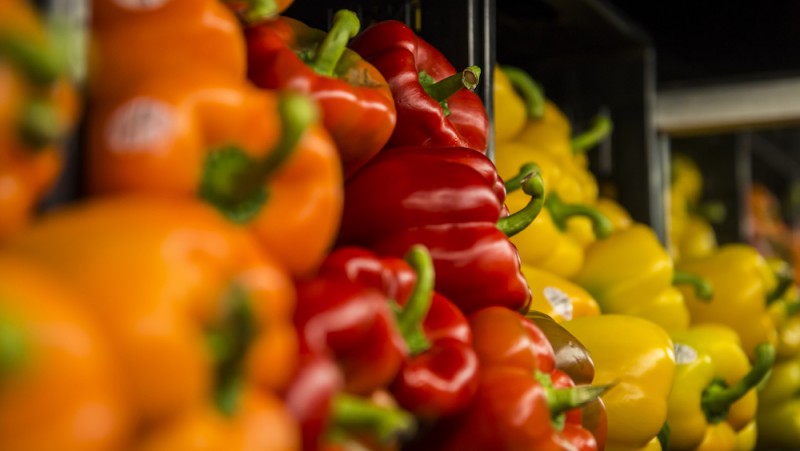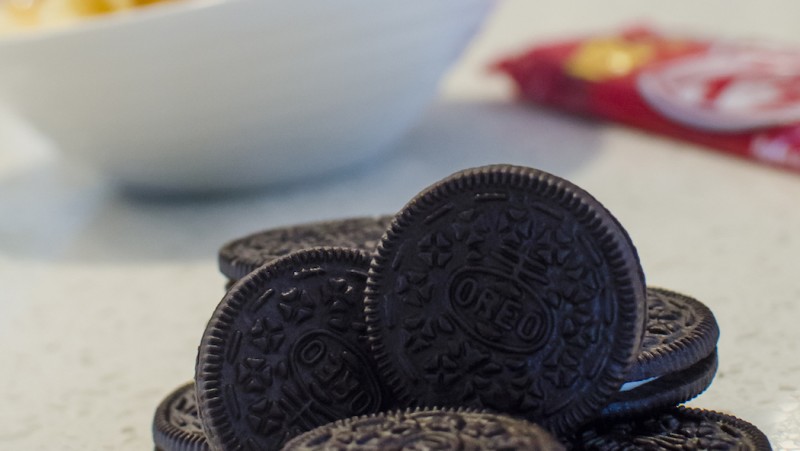There are many types of animal-free diets:
- Vegetarians do not eat any meat, poultry, seafood, or animal flesh.
- Lacto vegetarians eat dairy products, and no eggs, meat, poultry, or fish.
- Ovo vegetarians eat eggs and no dairy products.
- Ovo lacto vegetarians eat eggs, dairy products, honey, and no meat, poultry, or fish.
- Vegans exclude all animal products including dairy, eggs, and honey.
- Raw vegans eat only fresh and uncooked fruits, nuts, seeds, and vegetables. Vegetables can be cooked to a maximum of 118º F.
- Pescatarians are semi-vegetarian and eat fish and seafood, sometimes eggs and dairy, and no meat or poultry.
- Flexitarians are vegetarians who occasionally eat fish, poultry, and meat.
Why Consider a Plant-Based Diet?
There are numerous benefits of eating a well-balanced, plant-based diet. Plant foods provide phytochemicals, plant sterols, antioxidants, fiber, and healthful fats. The most potentially damaging foods are processed foods and animal products. The American Dietetic Association confirms that vegetarians are generally healthier and have a lower risk of a number of chronic diseases including heart disease, some types of cancer, obesity, high blood pressure, and adult-onset diabetes. Non starchy vegetables and fruits are more vitamin-and-mineral dense than any other foods. When you eat them, they make you feel energized and fresh. They are also the densest source of fiber, rich in vitamin C and beta carotene. All that fiber also keeps your colon clean, creating a happy gut, and you don’t feel sluggish. There are generally more antioxidants and phytochemicals in a vegetarian diet, and it is low in saturated fat. This means less weight gain. A plant-based diet also does not support animal cruelty and takes a more positive approach to the environment. Beef production uses 100 times more water than growing vegetables. It takes about 2,500 gallons of water to produce a pound of meat. Animal protein also contributes to 50 percent more greenhouse gases than planes, trains, cars, and ships combined.
What You Might Be Missing on a Plant-Based Diet
If you are vegetarian, there are some nutrients that you might be missing if you are not paying attention. This is not something you want to mess with. To have a properly balanced vegetarian diet, you need a good combination of all of the food groups and vitamins and minerals. Take extra care to make sure you do not become deficient in the following:
- Vitamin B12: If you don’t eat animal products, your body will lack vitamin B12, which is naturally found in animals and not in plants. This is easily fixed by supplementing with B12 capsules, drops or getting a regular dose of B12 injections every week or two.
- Vitamin D: Almost everyone needs to supplement with vitamin D. Even if you are out in the sun, it takes anywhere from twenty-four to forty-eight hours for the vitamin D to metabolize in your body. This means no showering after your sun exposure! The amount of vitamin D you require should be determined by your health care provider.
- Fatty acids: These can be obtained through algae, and nuts.
- Omega 3: Almost everyone needs to supplement with omega 3 essential fatty acids. Cabbage and spinach are good vegetarian sources, and purslane is a leafy green that contains more omega 3 than any other leafy green
- Iron: There’s plenty of iron in plants; the trick is to make it absorbable.
- Calcium is well absorbed and abundant in a good variety of vegetables, so there’s no need to worry about calcium shortages. In fact, although the calcium content is lower in many of these vegetables than in milk, the absorption is significantly better. The best sources are bok choy, broccoli, and kale. Other good sources are almonds, dried figs, mustard greens, okra, tahini, tempeh, and turnip greens.
- Protein: Not getting enough protein is another issue that comes up for vegetarians. How much protein you require is debatable; however, it is estimated by some that the daily protein requirement for adults is 0.8 grams (0.28 ounces per kilogram of body weight). Here’s a great chart to guide you.
- Fiber is plant roughage from vegetables, fruits, beans, grains, nuts, and seeds. It is important because it cleans out your digestive system and supports optimal colon health and intestinal bacterial balance. There are numerous studies that show high-fiber diets prevent colon cancer. The opposite is true of low-fiber diets, and there’s absolutely no fiber in meat.
- Fat: Animal products contain a lot of fat. Fish is a bit lower in fat, and most vegetables, grains, and beans, as you would imagine, contain almost no fat. Dairy products are at an all-time high with butter at 100%.
Are Vegetarians Healthier than Meat Eaters?
Most nutritionists agree that a balanced vegetarian diet is healthier than a non-vegetarian diet. If you’re not convinced, watch the documentary Food, Inc. As well, medical research and studies show that vegetarians have a 30% lower risk of heart-related diseases. However, the question of whether vegetarians are healthier than meat eaters depends on the vegetarian diet being well balanced. Dr. Connealy finds that one of the common problems she sees in her vegetarian patients is that they are not eating a well-balanced diet and have a higher percentage of body fat-to-lean tissue ratio. They replace meat with lots of refined grains like white flour, rice, pasta, and potatoes, and eat very little fresh fruit and vegetables. This, of course, causes all kinds of health issues. If you choose to be a vegetarian, you have to learn about a balanced diet, and you must eat lots of fresh vegetables and sprouted legumes. You can’t simply eliminate animal protein and eat whatever you want. You need to educate yourself and focus on a balanced diet.
Does It Have to Be All or Nothing?
Graham Hill, founder of www.TreeHugger.com feels that giving up meat is way too extreme for him. He saves his meat consumption to weekends, which is a really good start. Every little bit helps. I have many friends who are integrative doctors and are very well informed on nutrition, and none of them are vegetarians. They don’t eat a lot of animal products, yet they do eat some. Their portions consist of small, four-ounce servings, which they eat three or four times per week.
Dr. Andrew Weil cautions against purely plant-based diets, especially for children, and points out the nutrients you might be missing. One has to be very careful to ensure the right balance of the right foods. If you are feeding vegetarian teens, keep in mind that their growing bodies require more energy, and vitamins and minerals, at this age than at any other time in their lives. It’s important that they have protein included in all meals and snacks, and that their blood be monitored for proper supplementation. In fact, all vegetarians should have their blood tested regularly.
Incorporating more vegetarian meals into your diet can be a realistic goal. If done properly, you’ll definitely feel better for it. If you are going to eat meat, consume small portions. Most of all, please stop supporting inhumane factory farms and buy meat products from happy, grass-fed animals on ethical farms.
For more information on plant based diets, and how to stay balanced, pick up your copy of the Recipes for Life Boxed Set.
Access your complementary recipe here.
Health Coach Rita Thomas and Chef Erin Holm hope to inspire families, friends and communities to live happier, healthier and more delicious lives.










